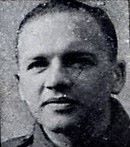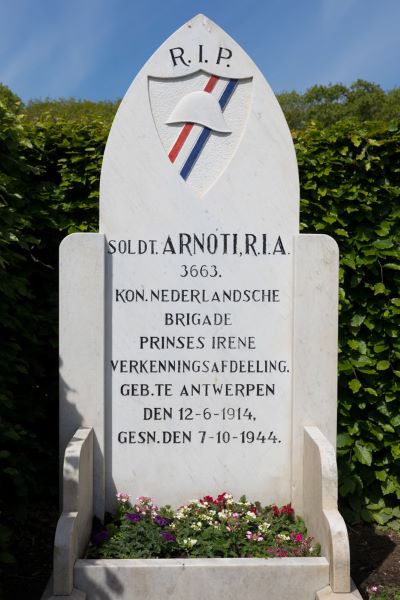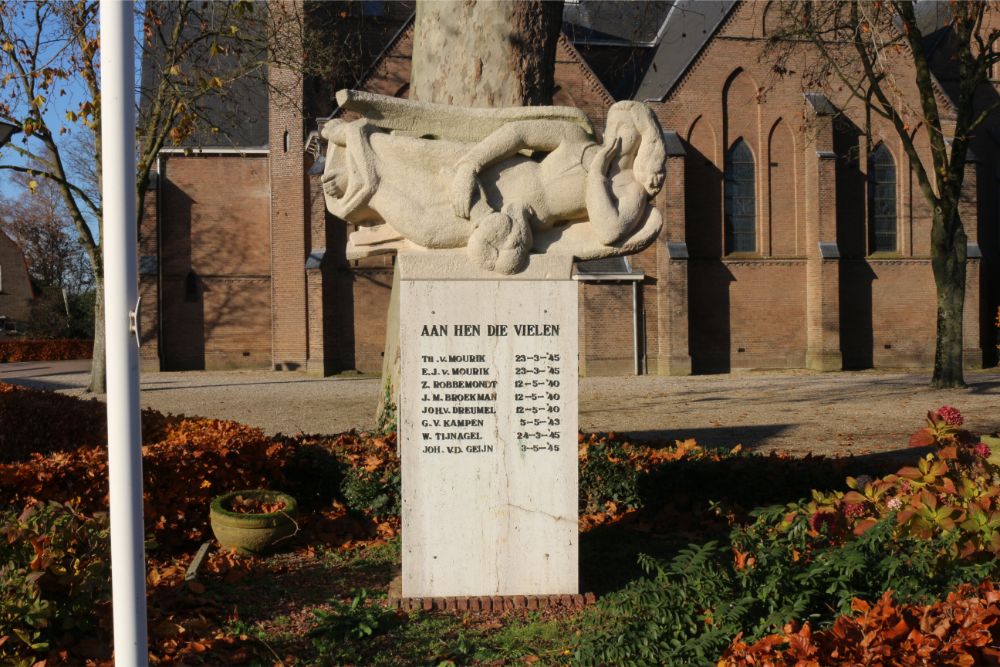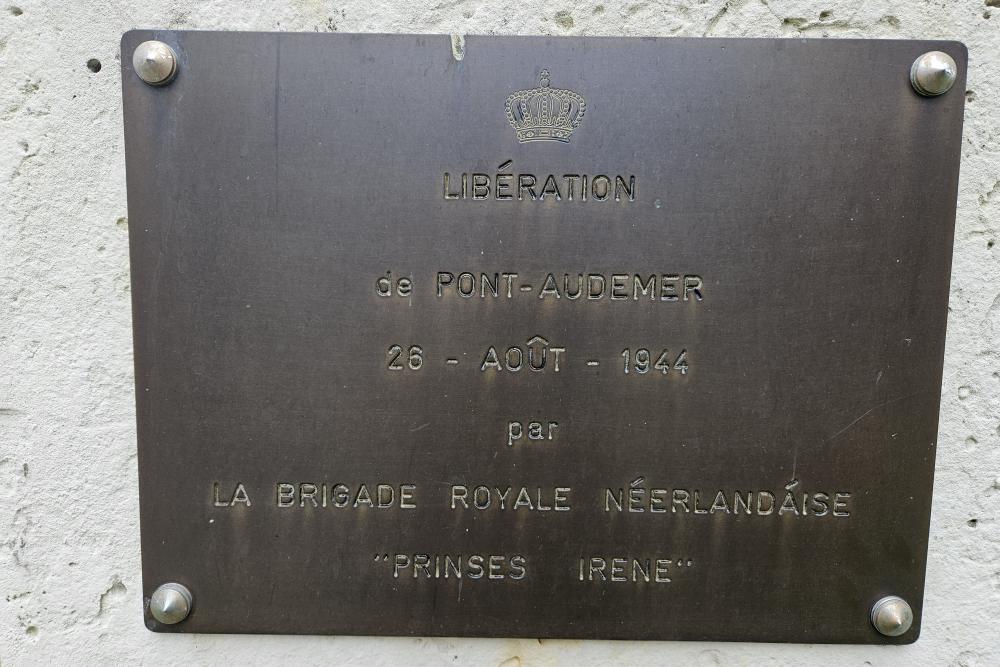Arnóti, Raymond Ivo Anne
- Date of birth:
- June 12th, 1914
- Date of death:
- October 7th, 1944
- Buried on:
- Dutch War Graves Protestant Cemetery Horssen
- Service number:
- 3663
- Nationality:
- Dutch
Biography
Raymond Ivo Anne Arnóti was born on June 12, 1914, in Antwerp, Belgium. His parents were Kurt Arnóti and Celine Anne de Ridder and had three children, Raymond was the middle one. Raymond’s father was managing director of the N.V. Internationale Controle Maatschappij in Rotterdam. For this company he also worked and lived in Antwerp for a couple of years. In that period Raymond was born. Little is known about Raymonds youth.
When in May 1940 the government had evaded to England, it called on all Dutch men abroad, who were between 18 and 36 years of age, to enlist and in that way assist in ending the occupation of the Netherlands. Raymond resided at that time in Marocco, however, he lacked the proper documents. The Netherlands Embassy advised him to go to England and join the Royal Netherlands Brigade ‘Princess Irene’. Eventually he made it there, enlisted and became driver of a Bren Gun carrier in the reconnaissance unit of the brigade.
Early August, 1944, Raymond and his fellows moved to France where, on August 8, they disembarked on the beach of Graye-sur-Mer. A day later the brigade was placed under command of the 6 (UK) Airborne Division to be part of the break-out along the coast to the north, via Ouistreham (near Sword beach). During this break-out, on August 26 the brigade liberated the city of Pont Audemer. From late August onwards, the brigade advanced to Le-Havre and passed the border with Belgium in early September to advance via Brussels, Leuven, Diest to Beringen. Raymond, with the recce unit, set up positions near the Beringen-Mijn. Then, the brigade advanced to Houthalen, where it guarded the flank in a southeasterly direction. On September 16, 1944, the brigade was placed under command of the 43 Division and followed the Guards Armoured Division during operation Market Garden. At midnight of 20-21 September, the Royal Netherlands Brigade ‘Princess Irene’ crossed the border near Borkel and Schaft and after a number of years Raymond again set foot on Dutch soil. That night the bridge at Grave was reached and the brigade was ordered to take over the securing of the bridge.
On September 25, 1944, the recce unit conducted a scouting operation in the ‘land of Maas and Waal’. Then the unit set up an observation post in Druten to spot any movements of German units on the other side of the river Waal, near Ochten and Kesteren. On September 28, 1944, the recce unit had the northern part of the land of Maas and Waal as its area of responsibility. When the Germans had conducted some incursions in September and early October in Dreumel and Wamel, the recce unit was moved to Horssen to conduct patrols from there. Raymonds troop, the carrier troop commanded by Lieutenant Ter Haar, was accommodated at the Florastraat 76 in Boven-Leeuwen in the farmstead of the Bull family.
On the night of 6 – 7 October, the Germans conducted a incursion across the river again. Around 23.00 hours two dozen German soldiers with three boats landed at the southern embankment of river Waal in Beneden-Leeuwen. They then started summoning the occupants of the houses along the dike to leave their homes, over a stretch of 2,5 kilometers to the east. The Germans set 43 buildings on fire, mostly houses. Around 02.00 hours private Raymond Arnóti, with his colleague private Marius Kroon, were patrolling the dike near the Florastraat in Boven-Leeuwen, one kilometer further east. They were then ambushed by a German patrol while they were descending at the ramp from the dike to the Florastraat. Both soldiers were killed, allegedly because a hand grenade from one of the Dutch was hit by a bullet and subsequently exploded. The German patrol was probably a security element to identify and eliminate any possible Allied reaction and/or threat to the raiding party that was torching the houses along the dike. The German soldiers escaped through the floodplains to the river Waal and got away by boat.
Raymond Ivo Anne Arnóti was 30 years old when he died in Boven-Leeuwen. His remains, like those of his fellow soldier Kroon, were transferred to the command post in Horssen. Both soldiers were then buried at the Protestant Cemetery of the same village.
Do you have more information about this person? Inform us!
Sources
- Photo 1: prinsesirenebrigade.nl
- Photo 2: Arjan Vrieze
- - Boven-Leeuwen, oorlogsmonument - Nationaal Comité 4 en 5 mei : Nationaal Comité 4 en 5 mei
- Groot avonturier stierf in Florastraat | Maas en Waal | gelderlander.nl
- Route Dijkbrand - benedenleeuwenherdenkt.nl
- https://www.oorlogsbronnen.nl/thema/Prinses Irene Brigade
- Grafsteen, Raymond Ivo Anne, Arnoti; Prinses Irene Brigade | Vrijheidsmuseum | Collectie Gelderland
- aug 1944 - Prinses Irene Brigade
- De landing - Prinses Irene Brigade
- Arnoti, R.I.A. - Prinses Irene Brigade
- Overzicht activiteiten in het Land van Maas en Waal - Prinses Irene Brigade
- Twee gesneuvelden in Horssen - Prinses Irene Brigade





